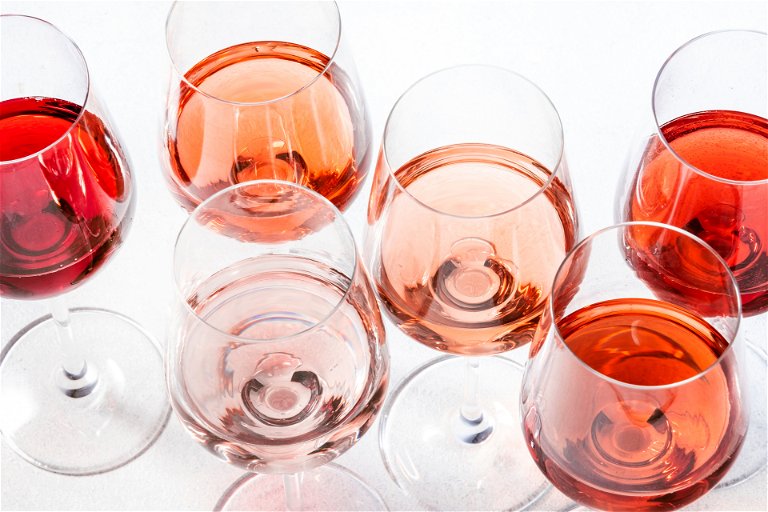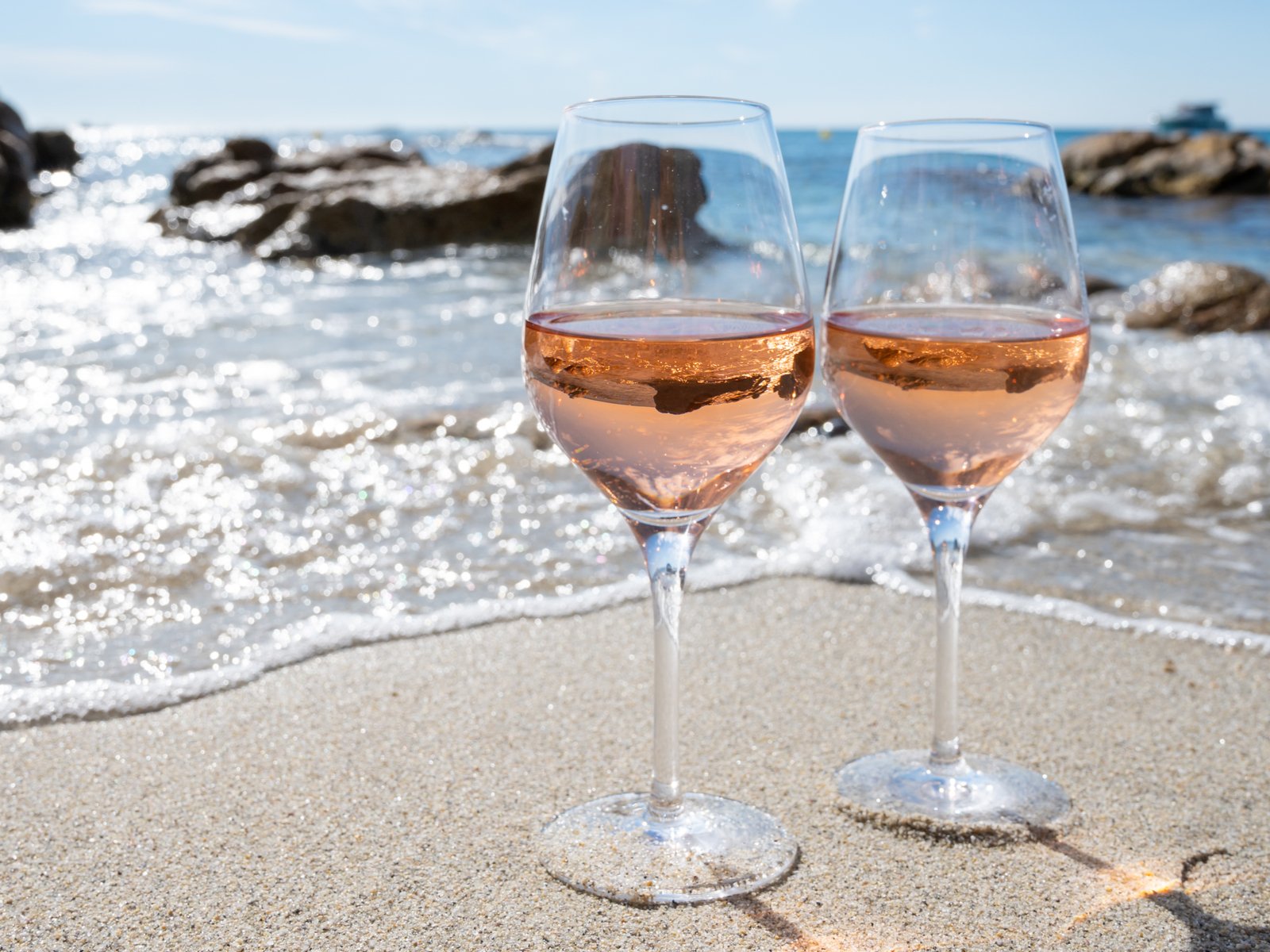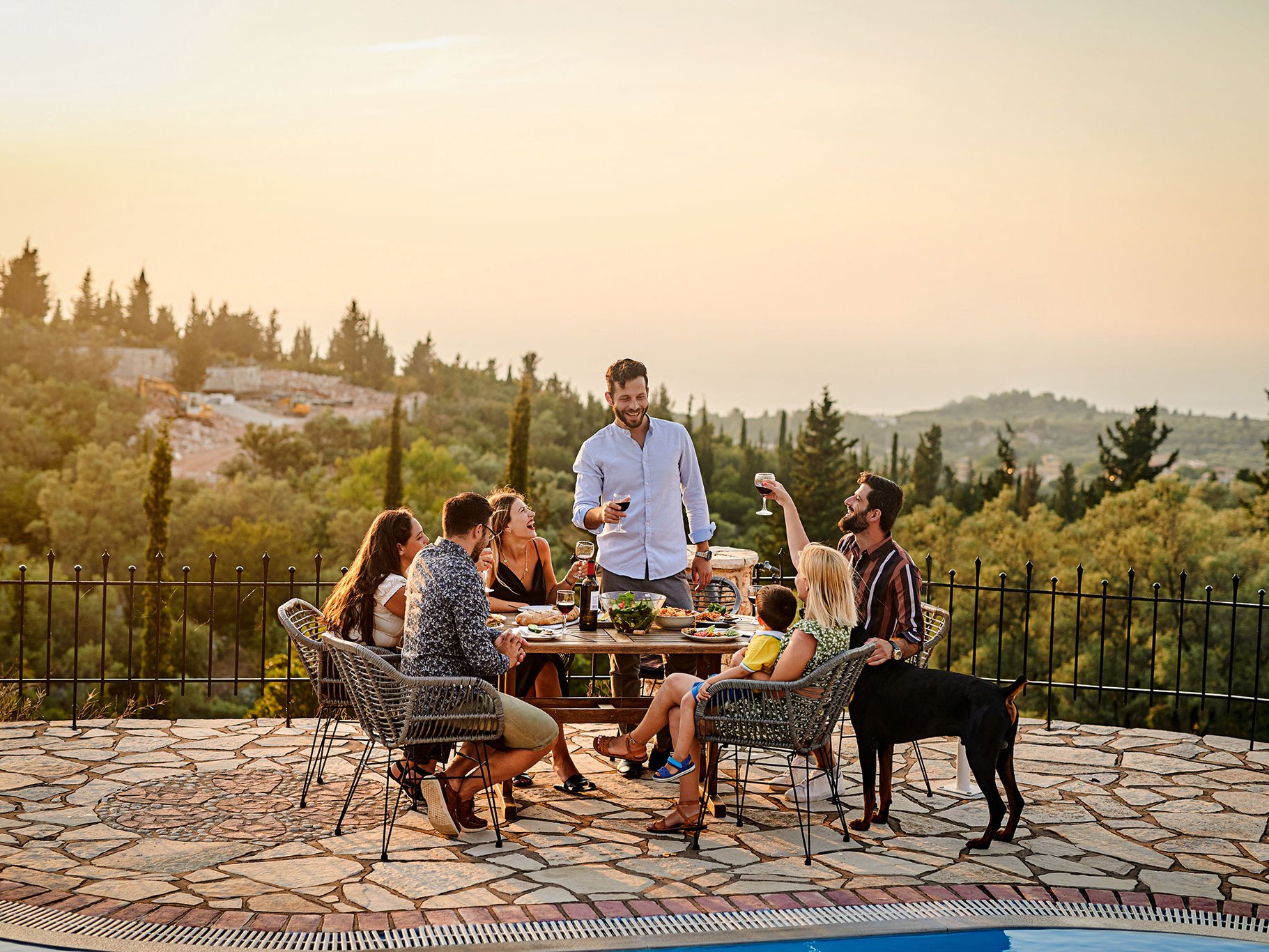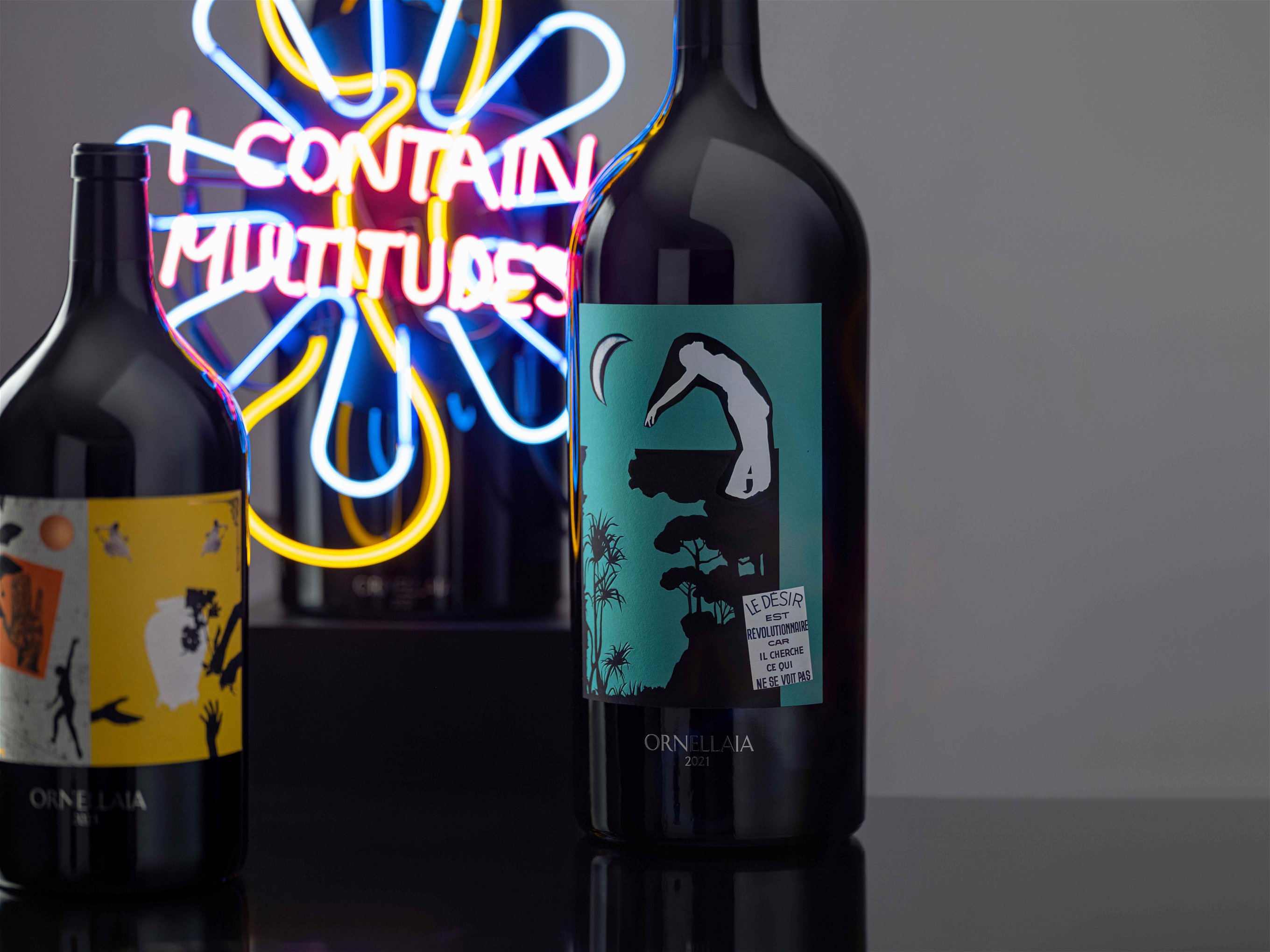Pink power: The rise & rise of rosé wine
From the palest blush all the way to fuchsia and coral, both still and sparkling rosé wines are riding a wave of enthusiasm for drinking pink.
The rise, swell and sweep of the pink wave is one of the most remarkable reversals of fortune the wine world has seen. Why? Because rosé wines struggled to be taken seriously for the longest time.
While rosés and light, translucent red wines have been around for centuries, in the late 18th and early 19th century they started to lose their lustre. The better red winemaking techniques became, the more paler red and pink wines suffered. Next to fuller-coloured reds, they were seen as weaker in every respect: colour, structure, appeal – and seriousness. The fact that some rosé wines were commercially successful, affordable and popular did nothing to improve that image. Just think of Mateus Rosé. While rosés brought joy to many, their popularity and pricing made them easy to dismiss despite historic styles like Tavel, Bandol and Provençal rosé – all from the south of France. Pink was considered frivolous: why would you age or elevate rosé wine? How could something so beautiful to look at be serious? But now its fortunes have changed. Something happened that shifted the way we think about pink wines. The Observatoire Mondial du Rosé’s report notes a “dramatic” rise of 20 percent since 2002. While France, Spain and Italy still dominate rosé production, South Africa has doubled and New Zealand quadrupled their rosé production. They also note that “the average price of rosé sold around the world continues to climb.” The figures for sparkling rosé are no less impressive, but more of that later.
The turning point
Things had changed by the turn of the millennium: viticulture and winemaking had made immense strides. But, as is often the case, it took outsiders to make a difference. In 2006 Franco-American Sacha Lichine bought Château d’Esclans in Provence. Lichine had deep knowledge of the international wine markets: his father, Alexis Lichine, an influential American wine merchant and author had owned Château Prieuré-Lichine in Margaux, Bordeaux. Lichine junior had an uncanny sense of timing and a singular aim: to make Provençal rosé a fine wine and to create a world-famous brand – Whispering Angel. He made 130,000 bottles of his inaugural 2006 vintage. A decade later in 2016 that had grown to three million bottles and output has grown steadily ever since. A sprinkling of Hollywood stardust also helped Provençal rosé. Celebrity couple Angelina Jolie and Brad Pitt bought Château Miraval in Provence in 2008. In 2013 they debuted their 2012 vintage and it became a sell-out. Crucially, both Whispering Angel and Miraval were taken seriously by critics – because they were well made wines.
Provençal pioneers
The combined success of Château d’Esclans and Miraval also turned the spotlight on far more established rosé producers like Domaines Ott. The family had pioneered quality production and their iconic, amphora-shaped rosé bottle had reached cult status among the glitterati on their yachts along the Côte d’Azur – but only niche markets beyond. “My family has been making rosé for more than 120 years now,” says Jean-Francois Ott, general director at Domaines Ott. “The consumer attitude towards rosé has changed significantly. My family has been working tirelessly to raise awareness that rosés can be at the same level as the best white and red wines.” It was Domaines Ott who had perfected that bone-dry, pale elegance that is equated with Provençal rosé today.
“I think that until the 90s, the market for quality rosé was a niche. Today it has expanded significantly, and consumer awareness has increased massively. The real evolution of the category is linked to quality – and that means it is going to last.”
Rosé as a fine wine
Domaines Ott always made a point of expressing their different locations: Château de Selle on limestone, Clos Mireille on schist and Château Romassan on chalk, sandstone and marl. For them, rosé always was a wine that expressed site, like the best red and white wines. However, it was Lichine who took the idea much further by introducing the idea of an ultra-premium rosé. Garrus, the top wine at Esclans, is made mainly from a four-hectare high-altitude parcel of 100-year-old Grenache vines called La Garenne. Lichine also clearly segmented his offer: while Whispering Angel is vinified completely in stainless steel, the next wine up is Rock Angel. Thirty percent of it is fermented in individually temperature-controlled 600-litre oak barrels, the next step up, Château d’Esclans in 50 percent oak while both Les Clans and Garrus, the two top wines, are fully fermented in oak, with the proportion of new oak higher for Garrus. Everyone can taste the difference, the increasing concentration and textural complexity. Illustrating this so clearly enabled Lichine to price the wines accordingly – making Garrus the world’s first rosé wine retailing at over £100. This has since been eclipsed by Gérard Bertrand’s Clos du Temple rosé from Languedoc launched in 2018 but Garrus paved the way for rosé to enter the fine wine market and to be taken seriously as such. It created a whole new category of ultra-premium rosés, like Domaines Ott’s ceramic-aged Etoile, launched in 2020 and Miraval’s oak-aged Muse. Another sure sign of rosé’s elevation to fine wine status was evident in 2019 when global luxury powerhouse Moët-Hennessy acquired both a 55 percent stake in Château d’Esclans and bought another Provence property dedicated to rosé production, Château Galoupet.
Pale, paler, palest
This spectacular reversal of fortunes has not only meant investment in the region but a re-assessment of pink wines across the board. Supermarket shelves now brim in all shades of rosé – even though the vast majority of them aspire to be as pale as the Provençal market leader. Where once existed the misconception that rosé could not be a serious wine, now the idea prevails that a rosé has to be pale in order to be good quality. This could not be more wrong. Rosé wines in every shade of pink – from barely there to lusciously deep – are thus a playground for explorers. Exciting rosés are now made around the world – all we can tell you is to think and drink pink.
Europe's classic rosés: France
Rosé wines can be made from any red grape. Since rosé wines are made across Europe, from numerous grape varieties, there is a wide spectrum of styles informed by various grape varieties and climates. With 27,219 hectares of vineyards, Provence makes 42 percent of France’s rosé – and 91 percent of Provence production is pink, amounting to more than 150 million bottles.
Provençal rosés are mainly made from Grenache, Mourvèdre, Cinsault and Tibouren but Carignan, Counoise, Cabernet Sauvignon and Syrah are also used, as are white grapes like Clairette, Grenache Blanc and Rolle. The wines are dry and usually pale, capitalising on vivid citrus flavours. Bandol, an appellation within Provence, allows the same grape varieties but is famous for Mourvèdre, a late-ripening, thick-skinned grape, lending structure, spice and ageing potential. Tavel in the southern Rhône is probably France’s most historic and distinct rosé, an appellation dedicated entirely to rosé. Although tiny at just 904 hectares, it was France’s first appellation for rosé wine, given AOC status in 1936. Ernest Hemingway, for instance, was a big fan. Nine grape varieties are permitted and the wines are full-flavoured and deep-coloured, ideal for the robust, southern French flavours of bouillabaisse or grand aioli. If you have only tried pale rosé, you simply must graduate to this gastronomic, complex style. Another Rhône appellation with significant rosé production is Luberon and over in Languedoc, almost a fifth of the wines made are pink – from numerous varieties and across numerous appellations. The Loire valley also has a rosé track record: Sancerre rosé is made from Pinot Noir and is usually delicate, light and bone-dry. Further downstream, other styles take over, at different sweetness levels: Rosé de Loire, Rosé d’Anjou and Cabernet d’Anjou, are variously made from Cabernet Franc, Cabernet Sauvignon, Grolleau, Pineau d’Aunis, Gamay and Pinot Noir.
Pink fizz: Champagne
The rise of pink Champagne mirrors the rise of still rosé wines. The figures say it all: proportionately less than 2 percent of Champagne production was rosé in the early 1980s. In 2021, it was close to 11 percent, according to the Comité Champagne. There are three main reasons for this: perception, viticultural and oenological progress and, last but not least, climate change.
As regards perception, one prominent Champagne producer went as far as stating that rosé Champagne used to be seen as “the wine of the demi-monde,” while Lily Bollinger insisted that no easy-drinking rosé should be made as long as she was alive. Indeed, the house did not introduce non-vintage rosé until 2008. Why was its image tawdry? Because it was incredibly hard to make colour-stable rosé, the wines were incredibly expensive – and thus only really at home in the less salubrious establishments of the demi-monde. While some grande marques had rosé Champagnes in their portfolios from the 1970s and 80s onwards, and some houses like Billecart-Salmon made rosé wines from the 1840s, the tide did not turn until the 1990s.
Rosé Champagne is mostly made by blending white and red wines – a practice that is illegal for still wines. These Champagnes are known as rosé d’assemblage. Pre-climate change, it was hard to ripen Pinot Noir sufficiently in the northerly latitudes of Champagne to make a red wine – it was even more difficult to keep the colour stable after blending and second fermentation – which goes a long way to explain the tiny production of rosé wines in the past. Some rosé Champagnes are made by macerating red grapes on their skins. These are known as rosé de saignée.
Today, climate change has made it easier to ripen red grapes sufficiently to make red wines that are used to colour Champagnes. Neither are the best red grapes from the best sites just destined for white Champagnes. The success of the category is evident. For today’s market leader, Moët & Chandon who launched its Rosé Impérial in 1996, pink Champagnes now represent a fifth of the house’s production. Today rosé Champagne is taken seriously and consistently commands a price premium.
Pink fizz: Prosecco
Pink Prosecco is the latest arrival on the pink fizz scene. Its introduction was a master stroke. When official authorities approved the proposal of the Prosecco DOC Consorzio in August 2020 to allow the production of pink Prosecco, they unleashed a tsunami of rosé bubbles. That same year, 16.8 million bottles of pink Prosecco were made. In 2021, this rose to 71.5 million bottles – and the trend is set to continue. Dr. Andreas Brokemper, CEO of Henkell-Freixenet, the world’s most powerful sparkling wine group, and owner of market leader Mionetto, says: “The introduction of Prosecco Rosé was a fantastic step that combined two global trends: Prosecco in general and rosé sparkling and still wine consumption. Prosecco Rosé is a perfect extension of the category.” The world’s love affair with rosé is set to continue – for still and sparkling wines. Two reasons are paramount: rosé is no longer seen as just a summer wine and has year-round appeal. It has also moved on from perceptions of frivolousness and is enjoyed across genders. You only need to look at supermarket shelves, wine bars or restaurant tables: they shimmer in all shades of pink.

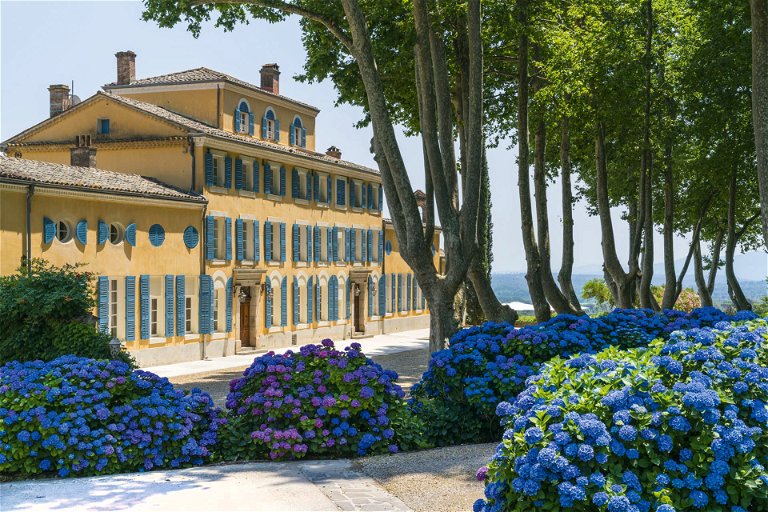
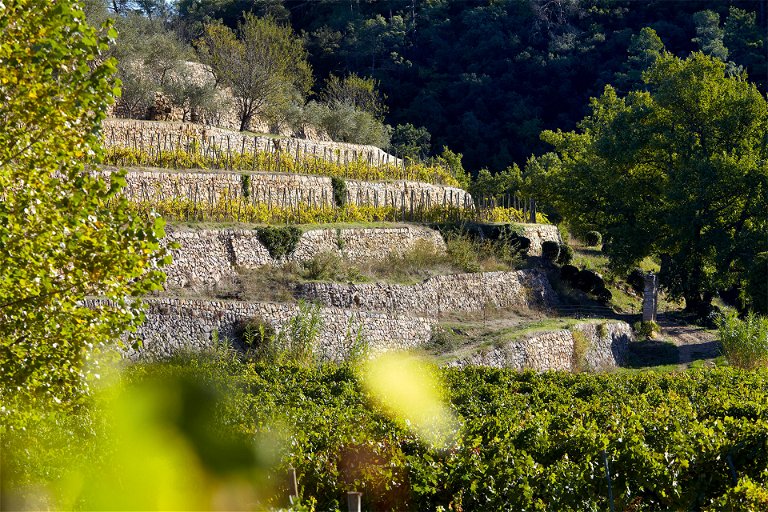

Italy
The Italian term for rosé wines is rosato, and chief amongst them is Chiaretto di Bardolino from the shores of Lake Garda in Veneto, northern Italy. It is made from Corvina, with possible additions of Rondinella and Molinara grapes. Chiaretto has the same hints of Morello and Amarena cherries as its red wine cousins Bardolino, Valpolicella and Amarone, made from the same grape varieties. The wines are pale, dry and have citrus freshness.
Chiaretto has benefitted immensely from the rosé boom: production rose by almost 20 percent over the past decade, exceeding nine million bottles and continues to grow. Producers are ambitious: Chiaretto, i.e. rosé wine, currently accounts for 42 percent of Bardolino’s production but the aim is to grow that to 60 percent, or 15 million bottles. A spokesperson from the Chiaretto Consorzio says: “Together with that ambition for the quantity, there is obviously a clear ambition for quality, too.”
Numerous Italian regions produce rosato wines, often from indigenous varieties, all across the Italian boot, reflecting Italy’s wealth of styles and expressions. Some of them are called cerasuolo – meaning cherry-coloured. The most famous of these is Cerasuolo d’Abruzzo, made mainly from the Montepulciano grape.
Spain
Spain also has an immense tradition of making rosé – or rosado in Spanish. It is the world’s second largest producer after France. Many Spanish regions make rosado, five percent of Rioja’s annual production, for instance, is rosé made from Tempranillo and Garnacha (the Spanish name for Grenache). Today, however, Navarra is Spain’s pink stronghold, responsible for one third of Spain’s rosé production. Located in the north, between Atlantic, Pyrenees and Ebro Valley, Navarra has ideal conditions for growing Garnacha. Javier Santafé, chairman of Navarra’s Consejo Regulador, says: “The river Ebro is the home of Garnacha in Spain. The area has strong wind called cierzo, a cool, fresh, northwesterly wind. Because we are in the north of Spain, the climate is cooler, so the acidity is excellent.” Another chief factor or quality is that regulations are strict: only the first 40 litres of free-run juice from each 100kg of grapes can be used to make rosado. Navarra rosados are traditionally deeply pink. Recent fashion and the success of pale rosés has meant that some producers now make two styles: a pale wine macerated for about three hours labelled rosé and a deeper style, macerated for up to ten hours, labelled rosado. It is the deep-hued rosados, however, that represent the authentic style. “What does Garnacha give to rosado?” asks Santafé. “Fruit and freshness – which in a way is the same,” he smiles. He also adds that two thirds of Navarra wine is made by women – unlike in the rest of Spain. Perhaps that accounts for some of those vivid, full-flavoured styles with dimensions of spice and joy. One thing is clear: Navarra rosados with their fuller body and deeper flavours are wonderfully gastronomic wines – just like their French cousins from Tavel.
